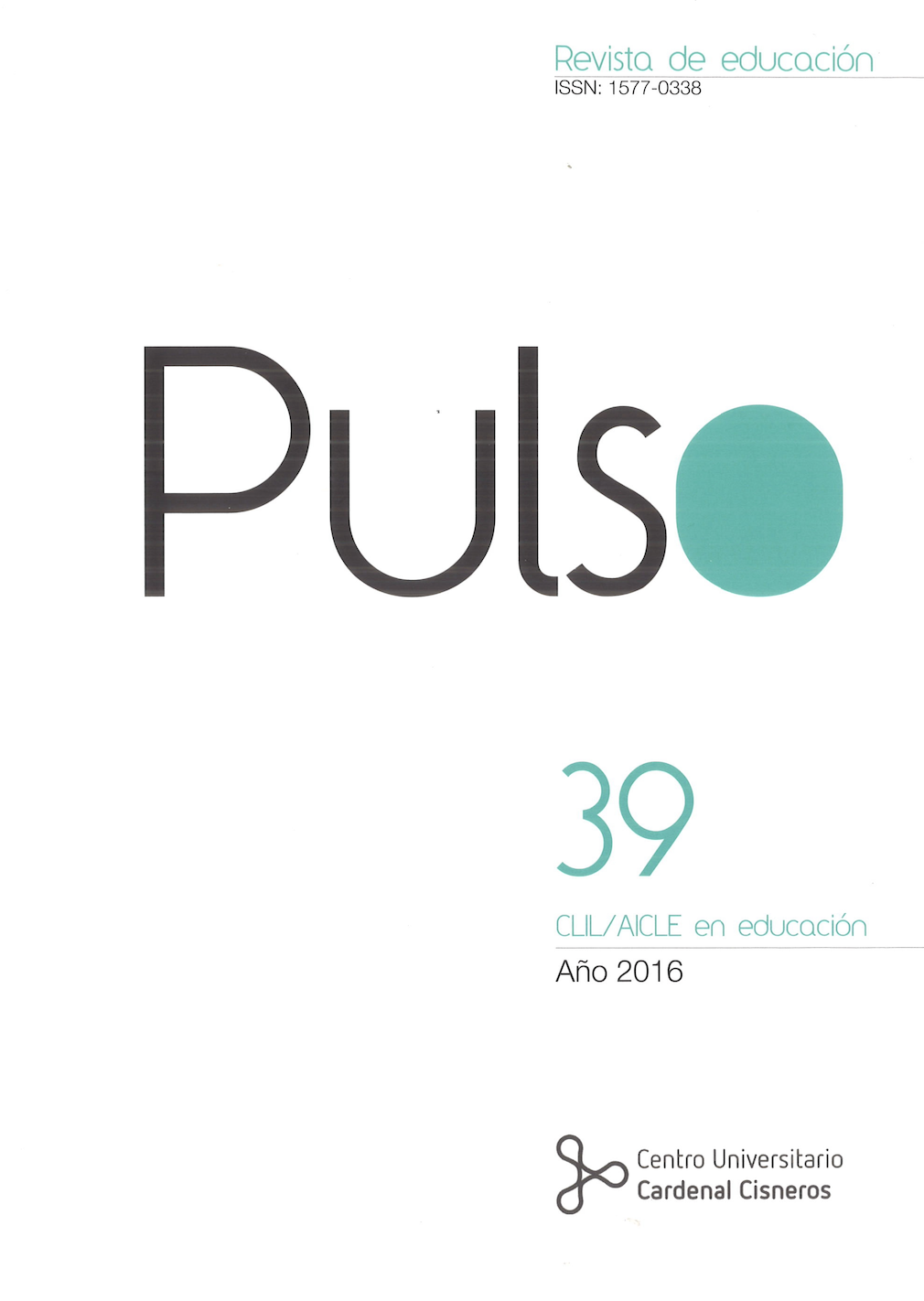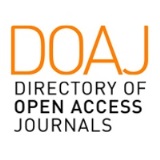Using language(s) to develop subject competences in CLIL-based practice
DOI:
https://doi.org/10.58265/pulso.5073Palabras clave:
Conceptos, Procedimientos, Saliente, Discurso, DimensionesResumen
Este artículo documenta y analiza el cambio de énfasis que ha ocurrido dentro de la práctica del AICLE y de otras formas de prácticas pedagógicas basadas en el multilingüismo, donde las prioridades ahora parecen estar más enfocadas en la lengua como un elemento transversal, trabajando el desarrollo de las competencias que constituyen el currículo escolar. El AICLE ha cambiado también en su papel de apoyo lingüístico para los profesores de áreas - a volverse en un paradigma más inclusivo e incluyente de los profesores de lenguas, lo cual les va atrayendo hacía esta nueva orientación. Aclarar la noción ambigua del concepto de ‘contenido’ es por lo tanto más importante que nunca, puesto que tanto para profesores de áreas como de lenguas las nociones de la ‘forma’ del contenido, sus características y sus tipos distintos son muy importantes. Este artículo ofrece la idea del contenido en torno a tres dimensiones, de las cuales la lengua es un componente crucial – llegando a la conclusión inevitable de que la lengua es el único elemento transversal que une la diversidad de las áreas curriculares, siempre que su uso se quede subordinado a los objetivos procedimentales – que son los que más se acercan a los objetivos competenciales. Este es el nuevo enfoque singular del AICLE
Descargas
Citas
Ball, P. Clegg, J. and Kelly, K. (2015). Putting CLIL into Practice. Oxford: Oxford University Press.
Ball, P. et al (2014). Health U. Ikaselkar Publishers.
Ball, P. Lindsay, D. (2012). Language demands and support for English-medium instruction in tertiary education. Reflections on the Basque experience. In ENGLISH-MEDIUM INSTRUCTION AT UNIVERSITIES, Global Challenges. Multilingual Matters.
Bloom, B.S. (Ed.) Engelhart, M.D., Furst, E.J., Hill, W.H., Krathwohl, D.R. (1956). Taxonomy of Educational Objectives, Handbook I: The Cognitive Domain. New York: David McKay Co Inc.
Blum, A. (2014). 6 Key Competencies for Effective Managers. Retrieved from: https://trainingmag.com/6-key-competencies-effective-managers
Brinton, D. Snow, M. and Wesche, M. (1989). Content-based Second Language Instruction. University of Michigan Press
Bullock, A. (1975). The Bullock Report: A language for life. London: DES.
Business Dictionary: www.businessdictionary.com
Coyle, D (1999). Theory and planning for effective classrooms: supporting students in content and language integrated learning contexts. In Masih, J (Ed): Learning Through a Foreign Language. London: CILT.
Coyle, D, Hood, P. Marsh, D. (2010). CLIL: Content and Language Integrated Learning. Cambridge: Cambridge University Press.
Clegg, J. (2002). Language across the Curriculum. The British example. The National Literacy Strategy. San Sebastián: Jardunaldi Pedagogikoak.
Cummins, J. (1979). Cognitive/Academic language proficiency, linguistic interdependence, the optimum age question and some other matters. Working Papers on Bilingualism, 19, 121-129.
Dalton-Puffer, C. (2007). Discourse in content and language integrated learning (CLIL) classrooms. Amsterdam: John Benjamins Publishing Company.
Ekigunea: http://www.ekigunea.eus/eu/edukia/dbh2/english/eng-2-2/U/7?lang=en
Elorza, I. (2011). Elebitasunetik Eleanitzasunera (Bilingualism to Plurlingualism). University of the Basque Country, Publications.
European Parliament. Key Lifelong Competences (2006). Retrieved from: http://eur-lex.europa.eu/legal-content/EN/TXT/?uri=uriserv:c11090
Graddol, D. (2006). English Next. British Council Publications.
Gibbons, P. (2009). English learners, academic literacy and thinking. Portsmouth NH: Heinemann.
Kelly K. (2009). The Language Dimension of CLIL, Macmillan, UK. Retrieved from: (www.onestopenglish.com/section.asp?docid=501228 )
Lee, C. (2006). Language for learning Mathematics: Assessment for learning in practice. Maidenhead, UK and New York: Open University Press.
Marsh, D. (2002). Content and Language Integrated Learning: The European Dimension - Actions, Trends and Foresight Potential. Retrieved from: http://europa.eu.int/comm/education/languages/index.html
Met, M. (1989). Language learning through content: Learning content through language. In Müller, K. (Ed.), Languages in elementary schools (pp. 43-64). New York: American Forum.
Meyer, O. Coyle, C. Halbach, A. Schuck, K. Ting, T. (2014). A pluriliteracies approach to content and language integrated learning – mapping learner progressions in knowledge construction and meaning-making. Language, Culture and Curriculum, 28: 1, 41-57
Roegiers, X. (2000). Une pédagogie de l’intégration. Brussels: De Boeck.
Swain, M. (1985). Communicative competence: Some roles of comprehensible input and comprehensible output in its development. In S. Gass & C. Madden (Eds). Input in second language acquisition (pp. 235-252). Rowley, MA: Newbury House.
Descargas
Publicado
Cómo citar
Número
Sección
Licencia
Derechos de autor 2022 Pulso. Revista de educación

Esta obra está bajo una licencia internacional Creative Commons Reconocimiento-NoComercial-SinObraDerivada 3.0.
Esta revista proporciona un acceso abierto inmediato a su contenido, basado en el principio de que ofrecer al público un acceso libre a las investigaciones ayuda a un mayor intercambio global de conocimiento.
Las obras se publican en la edición electrónica de la revista bajo una licencia Creative Commons Reconocimiento-NoComercial-SinObraDerivada 4.0
Se permite y se anima a los autores a difundir electrónicamente la versión post-print (versión evaluada y aceptada para su publicación) de sus obras antes de su publicación, ya que favorece su circulación y difusión más temprana y con ello un posible aumento en su citación y alcance entre la comunidad académica.














